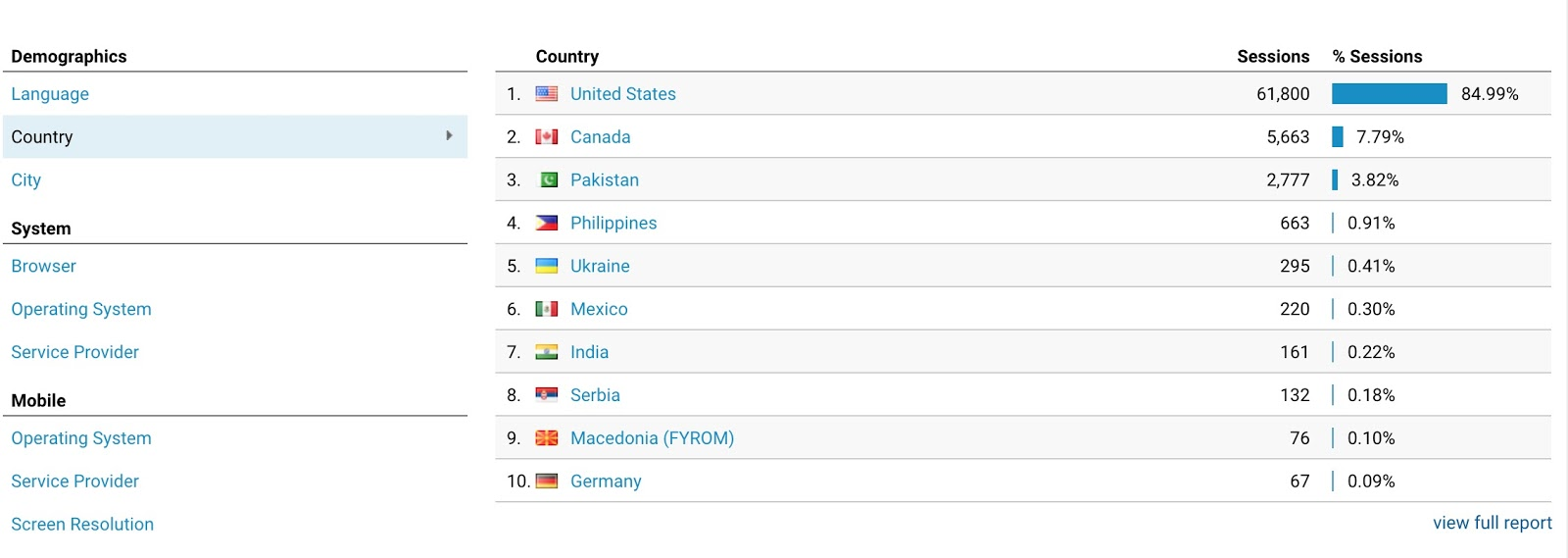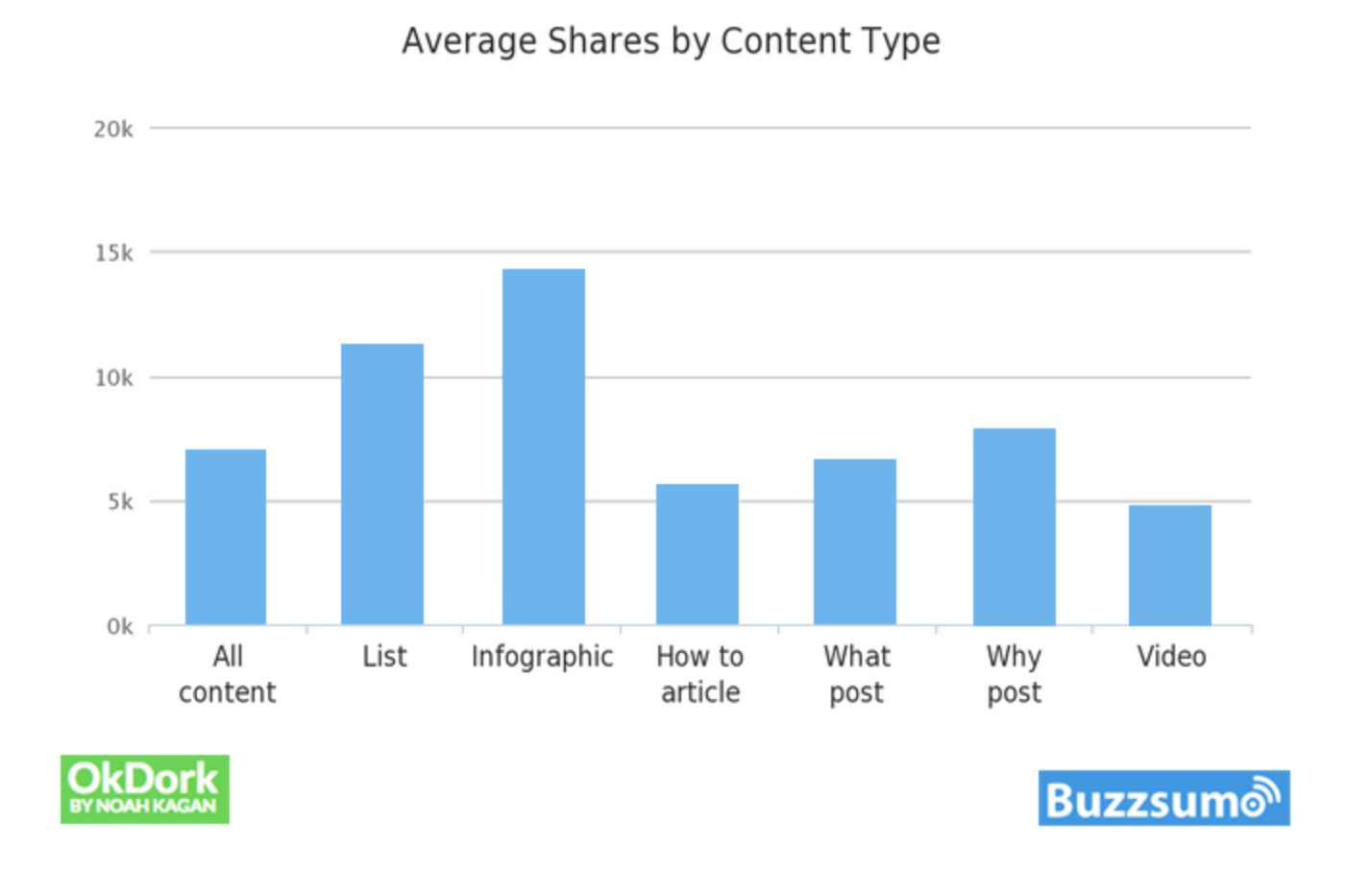According to MarketingProfs, 63 percent of businesses do not have a documented content strategy. It shows that so many content marketers and online business owners do a lot of things randomly. Consequently, they often fail to realize their content marketing and business goals.
In today’s competitive online marketing world, you need to be sure of what your goals are, how you are going to achieve those goals, and what KPIs and metrics you will be evaluating over time.
A documented content marketing strategy will help you with all that and more. In this blog post, we are going to assist you in drafting an effective content strategy.
All you have to do is answer a few questions.
Let’s begin.
1. Who are your readers?
This is going to be the most important question, so spend a lot of time on it.
Before you start your content marketing efforts, you have to be sure about your readers — for whom you are creating content. More importantly, you need to understand your readers, their problems, the solutions they seek, and what will make their life easier.
If you have been running your business for a decent amount of time, you would already have a reasonable idea of who your audience is. But that information is rarely enough. Apart from that, you also need to know the following:
- What language and words do they use when searching for information, products, and your business online?
- What are their biggest problems?
- Which websites and publications do they like? And why?
- What type of content do they prefer?
- What is the dominant age group in your target audience?
- How tech-savvy are they?
- Which devices do they primarily use: desktop or mobile?
- What type of content do they usually share on social media?
- How do they interact with your content? What is their behavior online?
You need to know the answers to all these questions and more.
I recommend you get started with the Audience reports in your Google Analytics account. Unless you are just starting out and have zero traffic, your Google Analytics account will have plenty of useful information for you to analyze.
For more information, learn what more the Google Analytics Audience reports contain.
If you do not already have a reasonable amount of traffic that you can analyze in Google Analytics, there are other tools for you. Some of the popular ones include:
2. What type of content will you publish?
There are a few different types of content you can publish. Here are some of the big distinctions:
- Short-form content (usually blog posts that are less than 500 words)
- Long-form content (usually blog posts that are over 1,000 words)
- Infographics
- Video content
- Podcasts
Once you learn about your target audience and their content consumption preferences, you can make a well-informed decision at this stage.
Apart from what your audience prefers, the content marketing goals you set will also play a big role. For example, if a higher engagement rate is your priority, video content, podcasts, and perhaps short-form content will perform better. On the other hand, if organic traffic is your goal, you will have to rely on long-form content and videos.
Infographics usually get the most social shares, as you can see in the following image. 
So if social traffic is one of your primary goals, you will have to rely more on infographics and list-based blog posts.
3. What will be the content publishing frequency?
The length, type, and quality of your content will somewhat dictate the publishing frequency. It is a good idea to document this in your content strategy and try to stick with it as much as possible.
If you want to build a loyal following and high engagement among your readers, you will require a cadence that you can follow. Over time, your readers will develop expectations about when a new piece of content will go live. If you miss that deadline too often, you will start losing credibility and engagement — both of which are crucial factors in content marketing.
When deciding the content publishing frequency, also take into account the time you will need to promote your content. Some content marketers do not actively promote content very much, while others try to utilize each and every channel. They would send emails to influencers and subscribers, share on all the different social channels multiple times, link to the post in different forums, etc.
How heavily you promote each piece of content will have a significant impact on your content publishing frequency.
4. Who are your competitors?
A core focus of your documented content strategy should be on your direct and indirect competitors.
In the content marketing world, each competitor is vying for attention, traffic, and fan following. Even the worst performers in your niche would be doing something good that you can learn from.
Check their websites, analyze their content, subscribe to their email list, go through their sales funnel, and evaluate their product pages. See what they are doing right or wrong and note down everything.
Also, don’t forget to identify their best-performing content and try to analyze why that is the case. You can use SpyFu, SEMRush, and Ahrefs to analyze your competitors. You should also see which web pages get the most backlinks and from where.
To find the web pages that get the most social shares, you can use a tool like BuzzSumo. It ranks content on the basis of how much social shares it gets on different social media websites.
5. Find your specialty
Once you have learned about your audience and their preferences, your competitors, and their best-performing content pieces, you would be in a position to find your specialty and identify what you are going to offer in the industry.
First, you have to offer something different than what the rest of the competitors are doing. For example, if they are all focused on optimizing product pages, you should consider expanding your keyword list, targeting more long-tail keywords that are more informative, and answering questions that your target audience usually has.
Second, you have to be better at content creation than your competitors. Use the information you learned in the previous step (competitor analysis), document it in the content strategy, and list how you can offer your audience better content and information.
Conclusion
The idea of a documented content strategy might seem overwhelming to some content marketers and online businesspeople. But it really isn’t. In fact, it simplifies how you approach your content marketing campaigns, what goals you want to track, and the areas that you need to focus on to beat your competitors.
Answer the five simple questions that this article mentions, and you will be well on your way to crafting a winning content strategy.
If you have any questions, please feel free to leave a comment below or reach out to us.
